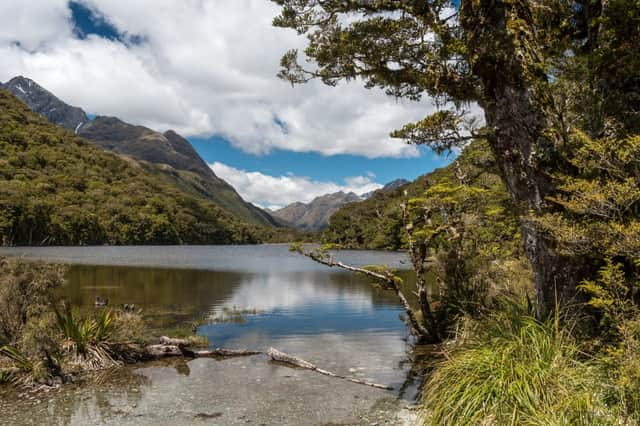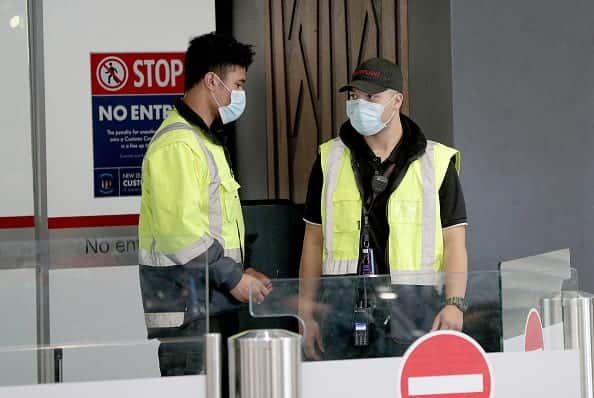Is it safe to visit New Zealand? The latest travel advice after flooding and coronavirus restrictions


Severe flooding and heavy rainfall in New Zealand have forced evacuations to be carried out, after nearly 200 tourists were left stranded.
A landslide hit the Howden Hut, near Fiorland’s Lake Howden at around 1.30am on Monday 3 February, leaving two people with minor injuries and more than 30 people awaiting evacuation from the site.
Advertisement
Hide AdAdvertisement
Hide AdMeanwhile, the country has banned foreign travellers from China amid the coronavirus outbreak.


Here’s the latest travel advice for New Zealand.
State of emergency
A state of emergency was declared on Monday 3 February after 382 people were left trapped in the Fiordland region, with torrential rain causing slips and flooding damage, restricting access to roads.
Helicopter pilots began evacuating people from huts in Hollyford, Pyke, Big Bay and Martin’s Bay on Tuesday 4 February, where around 100 people are believed to be stranded, ABC News reports.
A further 195 tourists in Milford Sound are also still stranded and will remain there until Wednesday when they can be safely evacuated.
Advertisement
Hide AdAdvertisement
Hide AdEmergency Management Southland wrote on Facebook: “Weather conditions and road closures mean it is best to keep the tourists in Milford until they can be safely transported out.
“Meanwhile, roads are closed throughout Southland and rivers are rising.”
More heavy rain is expected in the region and the state highway is expected to remain closed all week.
Elsewhere in Gore, fire and emergency staff have been working to help a number of houses that have been hit by surface flooding.
Advertisement
Hide Ad